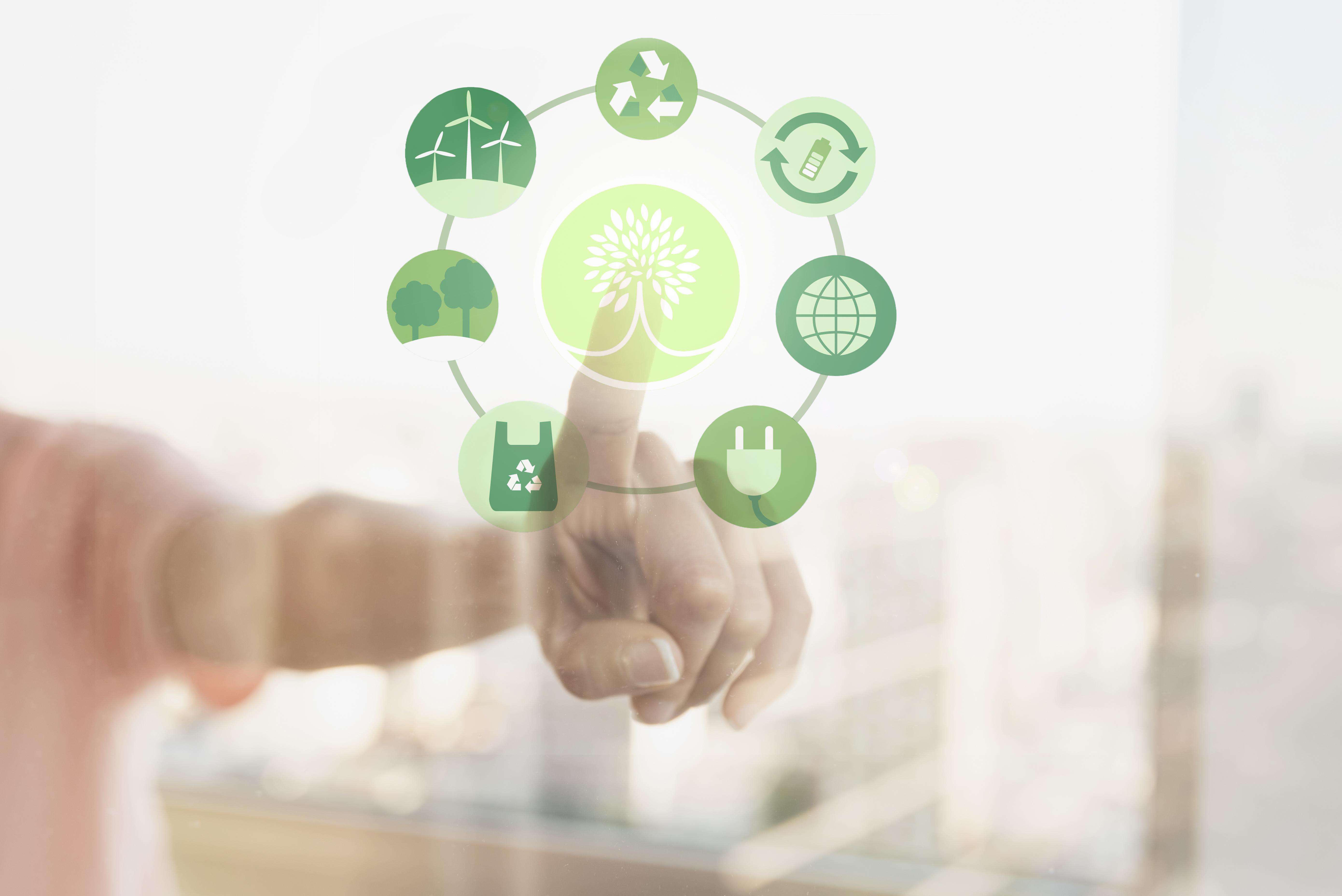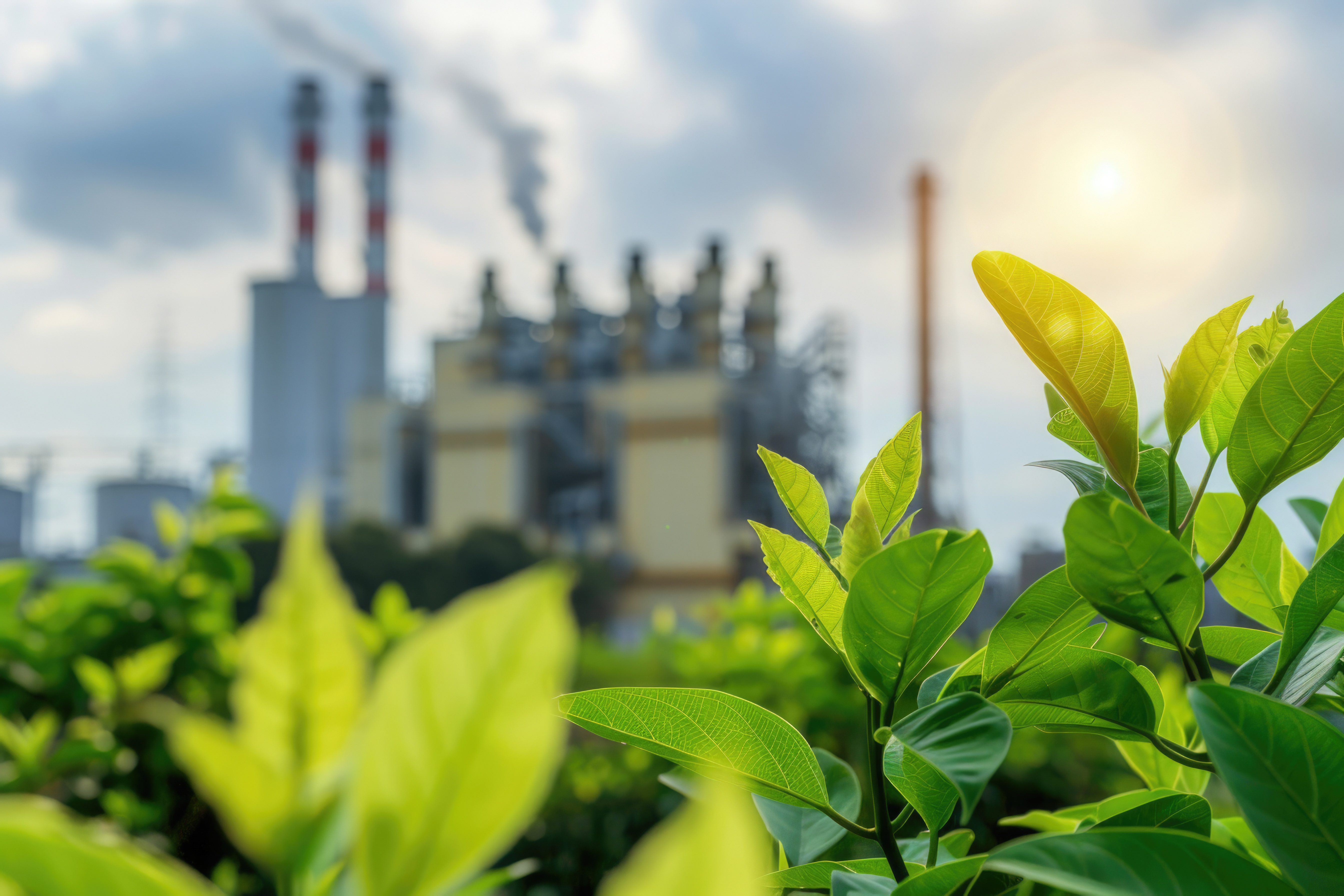Mine Reclamation: A Vital Step for Environmental Recovery
Mine reclamation is a vital step in maintaining ecological balance after mining activities. Although mining activities provide many economic benefits, they often negatively impact the environment.
From land degradation and landform changes to water contamination, these problems require effective and sustainable solutions. Therefore, understanding mine reclamation stages from planning to execution is very important.
Apart from the responsibility of mining companies, the reclamation process also requires support from many parties, including the government and local communities. This is done to support environmental recovery for future generations.
What is Mine Reclamation?
Mining area reclamation is a structured process to restore land disturbed or damaged due to mining activities. This process is not carried out haphazardly but must fulfill the criteria and stages regulated in various laws, such as Law of 1967 No. 11, Law of 1982 no. 4, and Law of 1992 no. 24.
The laws above establish a framework for sustainable and responsible reclamation practices. Apart from these legal regulations, you also need to know the principles of implementing mine reclamation and the topography of mining development areas.
Principles of Implementing Post-Mining Reclamation
The implementation of post-mining reclamation is based on main principles that aim to restore, protect, and maintain the environment after the completion of mining activities. The principles in implementing mine reclamation are:
- Reclamation is a holistic activity with mining activities
This principle emphasizes that reclamation must be considered an integral part of mining activities, not a separate activity carried out after mining is completed. This is important to ensure that reclamation can be carried out effectively and efficiently and provide optimal results. - Reclamation is carried out from the start without waiting for the completion of mining activities.
This principle emphasizes that reclamation must be done as early as possible without waiting to complete mining activities. This is important to prevent further environmental damage.
Goals of Mine Reclamation
There is post-mining mine reclamation, which aims to restore and increase the fertility of the land and environment damaged due to mining activities. This goal can be achieved in various ways, including:
1. Conservation of Natural Resources
Mining reclamation aims to restore natural ecosystems and resources (SDA) on ex-mining land. This includes the restoration of flora and fauna, as well as water and soil quality.
2. Erosion Control and Drainage Improvement
Mine reclamation also aims to prevent or reduce erosion and improve drainage. This is important to maintain land stability and to avoid water pollution. Erosion control in mines also benefits mining safety management.
3. Restoration of Soil Quality
Mine reclamation aims to increase soil fertility, which has been damaged due to mining activities. This can be done in various ways, including adding organic material, improving soil structure, and controlling soil pH.
4. Community Empowerment
Mine reclamation can also provide economic and social benefits for local communities. This can be done in various ways, including creating jobs, developing tourism potential, and improving the community’s quality of life.
5. Compliance With Regulations
Mine reclamation is an obligation of mining companies, regulated by statutory regulations. Therefore, post-mining reclamation also aims to fulfill company obligations and avoid lawsuits and sanctions.
Mine Reclamation Process
The stages in reclamation start from inspection and planning. Here, indicators, soil types, climatic conditions, and fauna and flora are examined to determine the most effective reclamation strategy.
Next is a revegetation stage or replanting of local plants to restore the ecosystem. The parties involved can also carry out reclamation by planting fruit trees, which can attract birds or bats to help the seed dispersal process.
Finally, the use of microorganisms is also part of this process, where microorganisms such as fungi can help form minerals in the soil and decompose organic matter.
Four methods are usually used in the reclamation process, depending on the condition of the land. The following is an explanation of each method:
1. Piling System
This method involves adding material to the area to be reclaimed. This material can be soil, sand, or stone. The aim is to increase the height of the land so that it is more suitable for activities such as agriculture or plantations. Barriers also help stabilize the soil and reduce the risk of erosion.
2. Sistem Polder
Polder systems focus on water management. Small walls or dams are built to control the flow of water and prevent flooding. It is especially effective in areas prone to flooding or where there is a need for control water quality monitoring. This system also helps restore aquatic ecosystems and improve water quality.
2. Combination System (Pile and Polder)
As the name suggests, this combination method is usually used in areas requiring more complex treatment, for example, land with topography and water quality problems. By using these two methods simultaneously, the effectiveness of mining reclamation can be maximized.
3. Drainage System
Drainage systems focus on creating drainage channels to control water flow, especially in areas with problems with natural drainage or where there is a risk of water pollution. This drainage channel is designed in such a way as to ensure that the water flows well and does not cause problems such as puddles or erosion.
5 Examples of Post-Mining Improvement Efforts in Indonesia
There are many concrete examples of mine reclamation efforts in Indonesia that are carried out to provide added value to the environment and surrounding communities, such as:
1. Reclamation of Former Nickel Mining Land (PT. Vale Indonesia)
Vale Indonesia has rehabilitated post-mining land using a landfill or backfilling system. They use topsoil and other layers of soil from the land-stripping process.
PT Vale Indonesia’s success can be seen in processing ex-mining land in the Sorowako Block, South Sulawesi, which has now returned to forest form. There is also a nursery with an area of 2.5 hectares, capable of producing 700,000 endemic plant seeds annually.
2. Reclamation of Ex-Tin Mining Land (PT. Timah Tbk.)
One of the former tin mining areas of PT. Timah Tbk has been reclaimed and given the name AirANGKAng Tourism Village. This area is now a tourist attraction for nurseries, fisheries, animal husbandry, water tourism, and animal conservation.
4. Post Breksi Mining Land Reclamation
Breksi Cliff in Yogyakarta, formerly a natural rock mining site, has now been reclaimed and has become a tourist attraction. The local community started decorating the area after mining activities stopped in 2014. Besides being a tourist attraction, Breksi Cliff also serves as a venue for various events.
5. Post-Mining Limestone and Clay Land Reclamation (PT. Semen Indonesia Tbk.)
Former limestone mining land PT. Semen Indonesia has been reclaimed as a forest. Apart from that, PT. Semen Indonesia also makes water reservoirs the community uses for fish farming and irrigating agricultural land.
This is a detailed explanation regarding mining area reclamation. Reclamation efforts restore the ecosystem and provide added economic and social value for the surrounding community. Therefore, all parties need to support and understand this process.
Suppose you are involved in mine reclamation efforts. In that case, Sucofindo is an experienced service company capable of providing mine reclamation process planning solutions according to the correct stages and by the rules set by the Government.
You can read our article here for further information regarding the remediation sector. If you and your company need further information regarding our services, contact us and discuss this together, Sucofindo.







